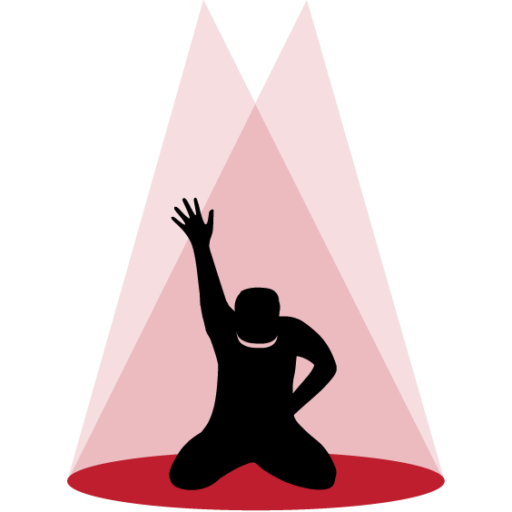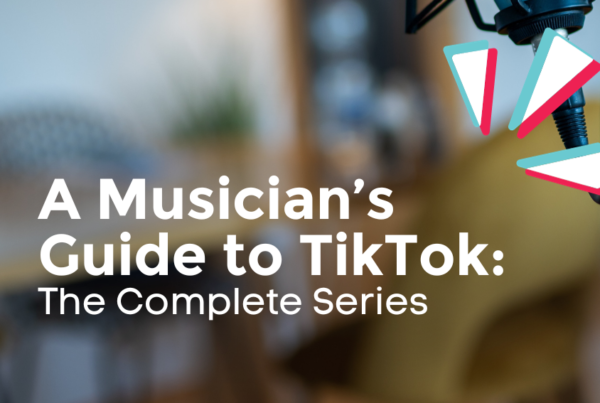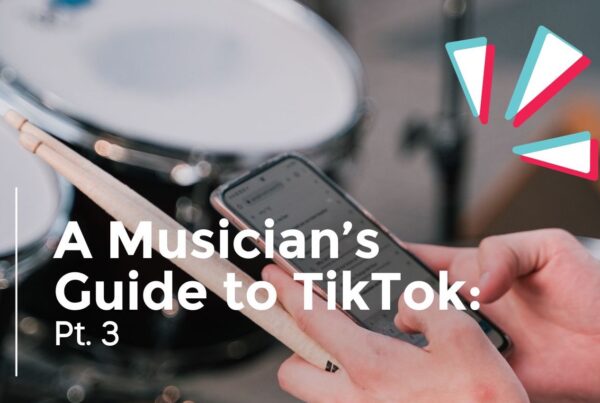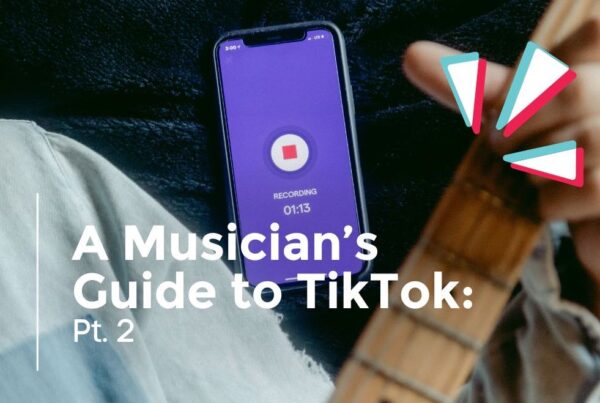Networking and connecting with others can make it easier for LGBTQ+ student artists to navigate the performing arts, collegiate, and professional worlds. Finding safe people and safe spaces to be your authentic self is possible, but before you dive in, we want to empower you for success.
Here are nine networking tips to establish a network that aligns with your personal approach and goals:
Set goals
Write down what want to get out of your network, and who are the best people or groups to help you achieve it.
Know your value
Unlike mentorship, networking involves a reciprocal relationship where both parties benefit. It is not just about what you gain from your network, but also the value you bring to others.
Identify thought leaders
When envisioning the network, you aim to cultivate, create a roster of thought leaders within the LGBTQ+ community, the arts, or the field you want a career in. This list should encompass individuals you admire, such as industry influencers offering insightful analysis, successful leaders who have forged career paths you aspire to follow, and professionals currently occupying positions you aspire to attain.
Make an outreach list
Consider individuals whom you genuinely want to connect with and can realistically establish relationships with. These individuals are often those with whom you share loose connections: classmates you haven’t engaged with extensively, individuals you’ve encountered at school or arts events, or second-degree contacts (friends of friends).

Find relevant groups
When exploring potential groups to join, consider the social setting where you feel most at ease. Conducting an online search can lead you to discover vibrant online communities or in-person organizations that foster networking and artistic growth.
Hone your pitch
Practicing how you will introduce yourself is one way to ease nerves as you prepare to enter new environments and meet new people. When you meet someone new, be prepared to discuss the following:
- Who you are and what you do
- What you want to learn more about
- What you can offer in exchange
- How you would like to move forward
Say Hi
Saying hi is the starting point for many relationships—which can require some vulnerability. Your initial outreach can set the tone for the type of relationship you are looking to build. Here are a couple of templates that you can customize.
- Casual outreach can be walking up to a stranger at a networking event and simply introducing yourself:
“Hi, I’m Sarah. This is my first time at an XXXX event. Have you been to any of their panels?” - Formal outreach might be sending a LinkedIn message to someone you’d like to get to know:
“Hi Mark! I’m a student at Y studying Z and really enjoyed your podcast on XXXX. I’d love to learn more about your thought process on W. We can also discuss how my experience in V can help you with upcoming projects. Any chance you have time for a 25-minute meeting over the next few weeks?”

Remain Engaged
You don’t have to become best friends with every person in your network, but to maintain networking relationships, it’s important to invest in them. Some things you can do to stay in touch with your contacts include:
- Following up after you meet someone new
- Inviting someone to a networking event you’re planning to attend
- Offering introductions between two people in your network
Disclosure
You don’t have to share anything about yourself that you’re not comfortable with. Building relationships and trust does take time, so don’t feel obliged to disclose more than you are comfortable with.
Now that you know what to do when networking, it’s time to find a group that’s a fit for you. Check out our list of national organizations and local performing arts groups in our blog post: 17 Resources for LGBTQ+ Student Performing Artists.







